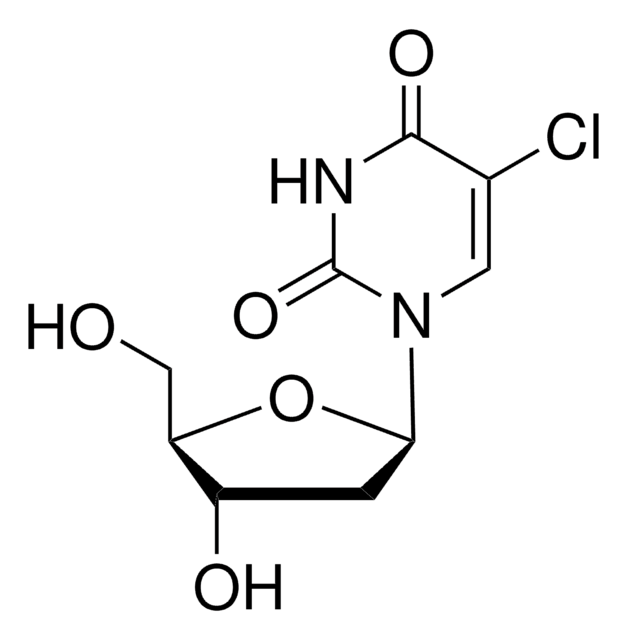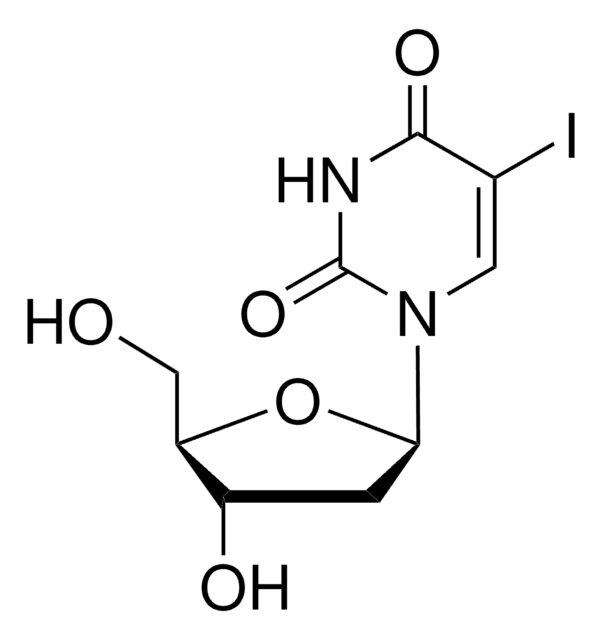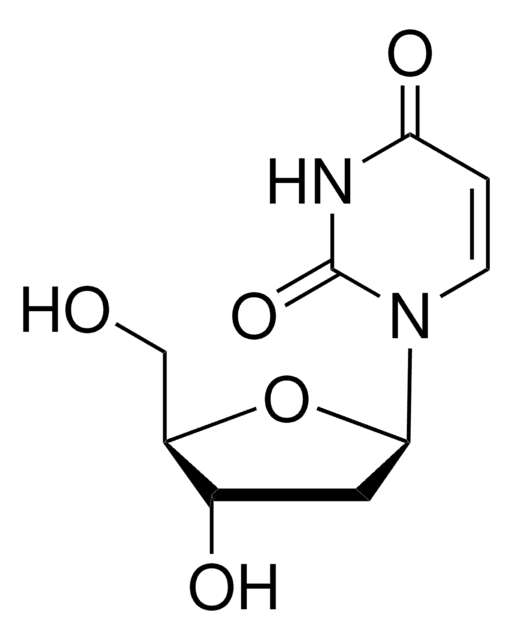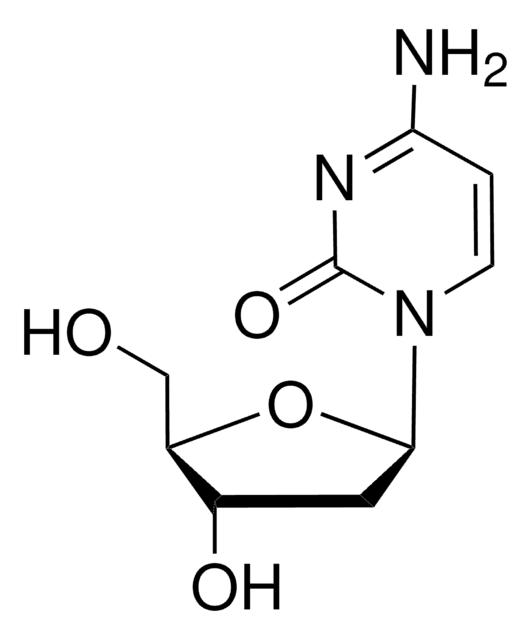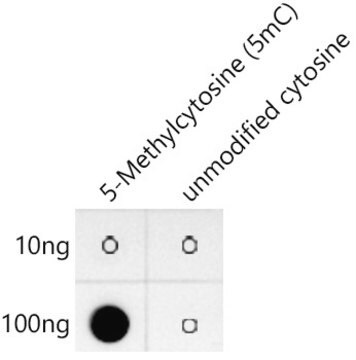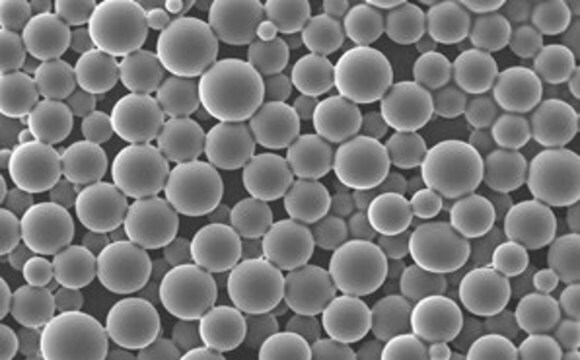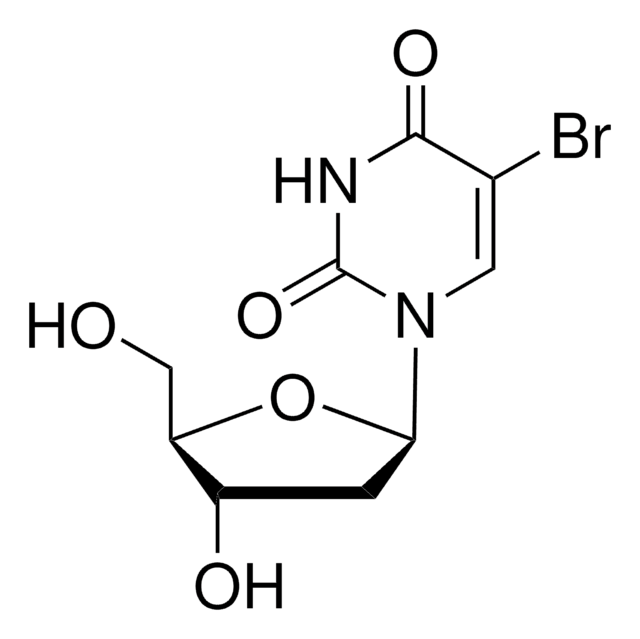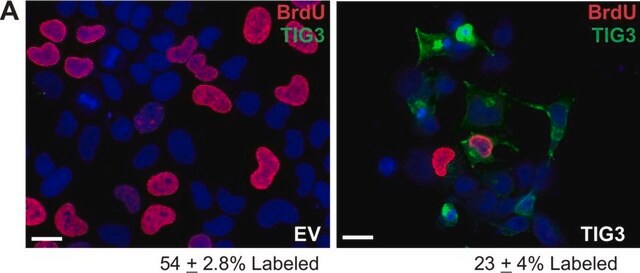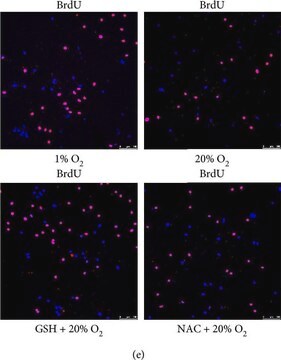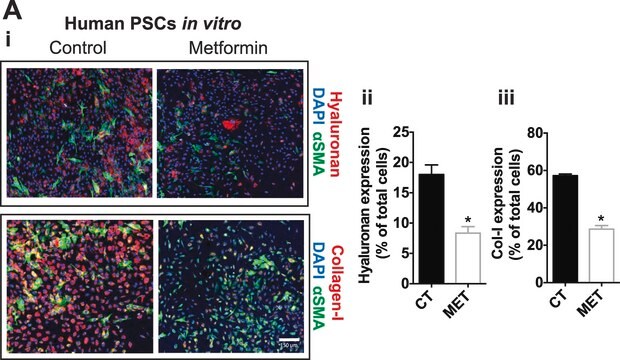C2181
Anti-Mouse IgG (whole molecule) F(ab′)2 fragment–Cy3 antibody produced in sheep
affinity isolated antibody, buffered aqueous solution
Sinónimos:
Cy3 Anti-Mouse IgG, Cy3 Mouse IgG, Sheep Anti-Mouse IgG
About This Item
Productos recomendados
origen biológico
sheep
Nivel de calidad
conjugado
CY3 conjugate
forma del anticuerpo
affinity isolated antibody
tipo de anticuerpo
secondary antibodies
clon
polyclonal
Formulario
buffered aqueous solution
reactividad de especies
mouse
técnicas
immunohistochemistry (formalin-fixed, paraffin-embedded sections): 1:100
Condiciones de envío
wet ice
temp. de almacenamiento
2-8°C
modificación del objetivo postraduccional
unmodified
Descripción general
Aplicación
- in immunolabeling of Hela cells
- as secondary antibody in immunocytochemistry of dendritic cells
- as secondary antibody in immunofluorescence analysis of mesenchymal stem cells
- as secondary antibody in immunofluorescence staining keratinocyte cell lines
- in immunohistochemistry of articular cartilage
Acciones bioquímicas o fisiológicas
Otras notas
Forma física
Nota de preparación
Cláusula de descargo de responsabilidad
¿No encuentra el producto adecuado?
Pruebe nuestro Herramienta de selección de productos.
Código de clase de almacenamiento
10 - Combustible liquids
Clase de riesgo para el agua (WGK)
nwg
Punto de inflamabilidad (°F)
Not applicable
Punto de inflamabilidad (°C)
Not applicable
Elija entre una de las versiones más recientes:
¿Ya tiene este producto?
Encuentre la documentación para los productos que ha comprado recientemente en la Biblioteca de documentos.
Los clientes también vieron
Nuestro equipo de científicos tiene experiencia en todas las áreas de investigación: Ciencias de la vida, Ciencia de los materiales, Síntesis química, Cromatografía, Analítica y muchas otras.
Póngase en contacto con el Servicio técnico